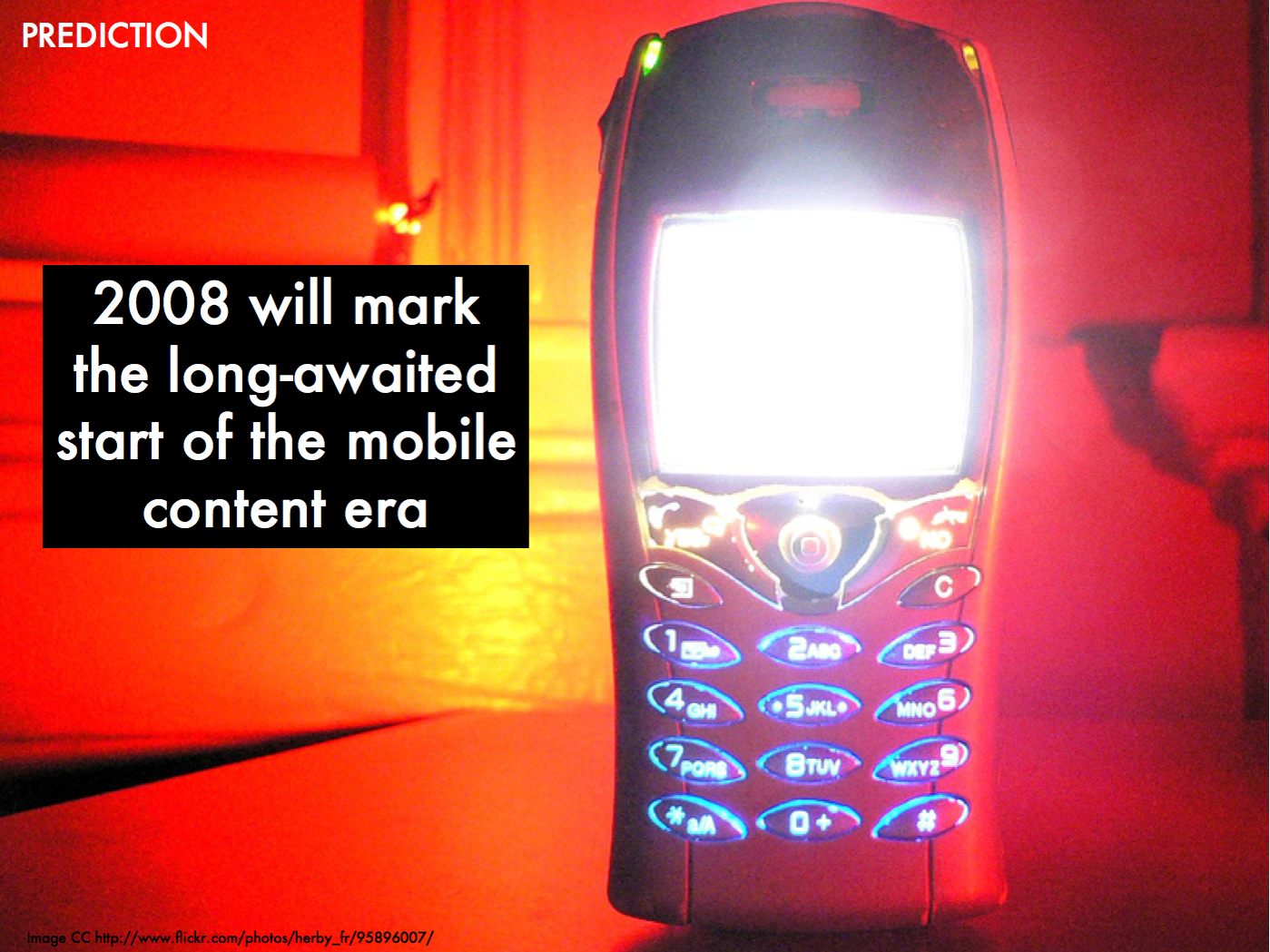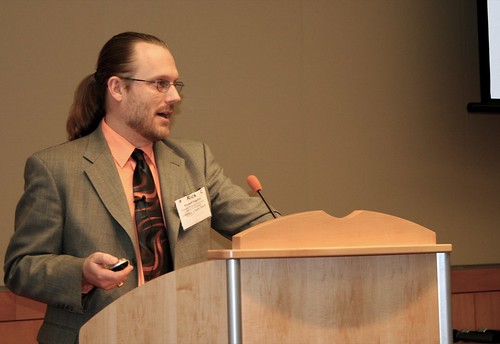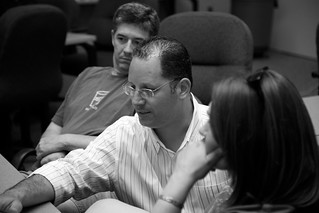Anyway, I've mentioned this talk several times in passing since I saw it and now I can point people to hear the man himself. It's short; 22 min 21 sec. Worth every minute. You can click through Rick's slides below the video as he speaks.
(Download mp3, 25.4 MB)
Slides:
- 12/30/2008 09:03:00 pm
- 3 Comments


































